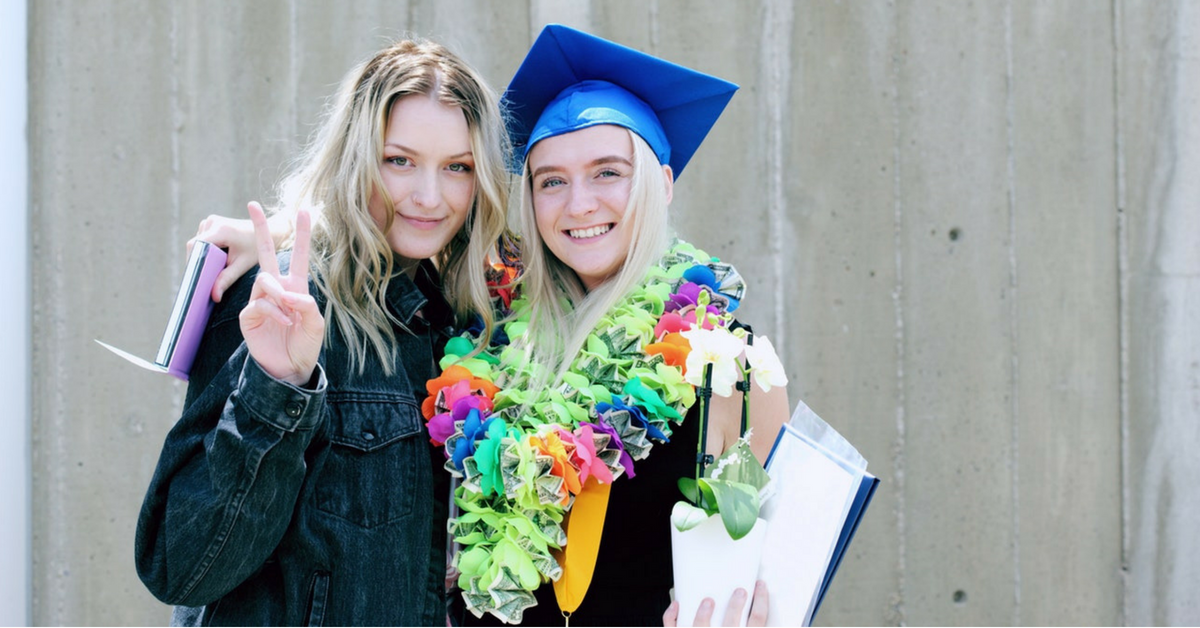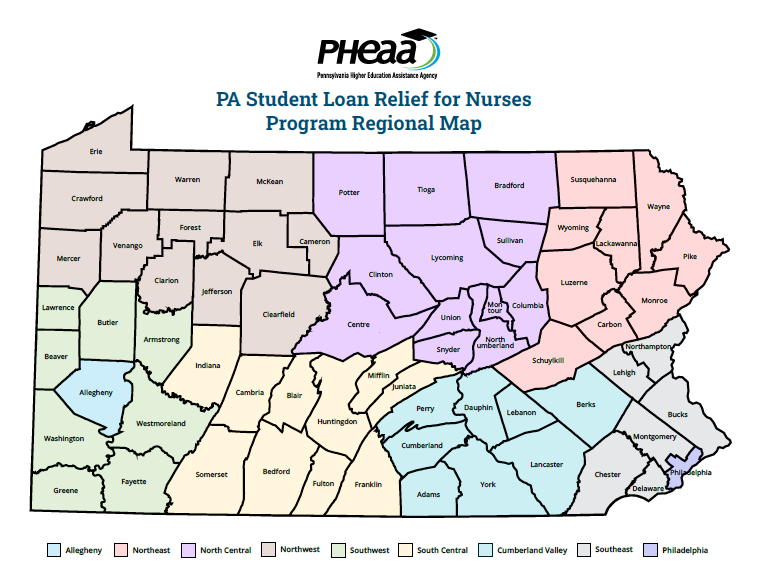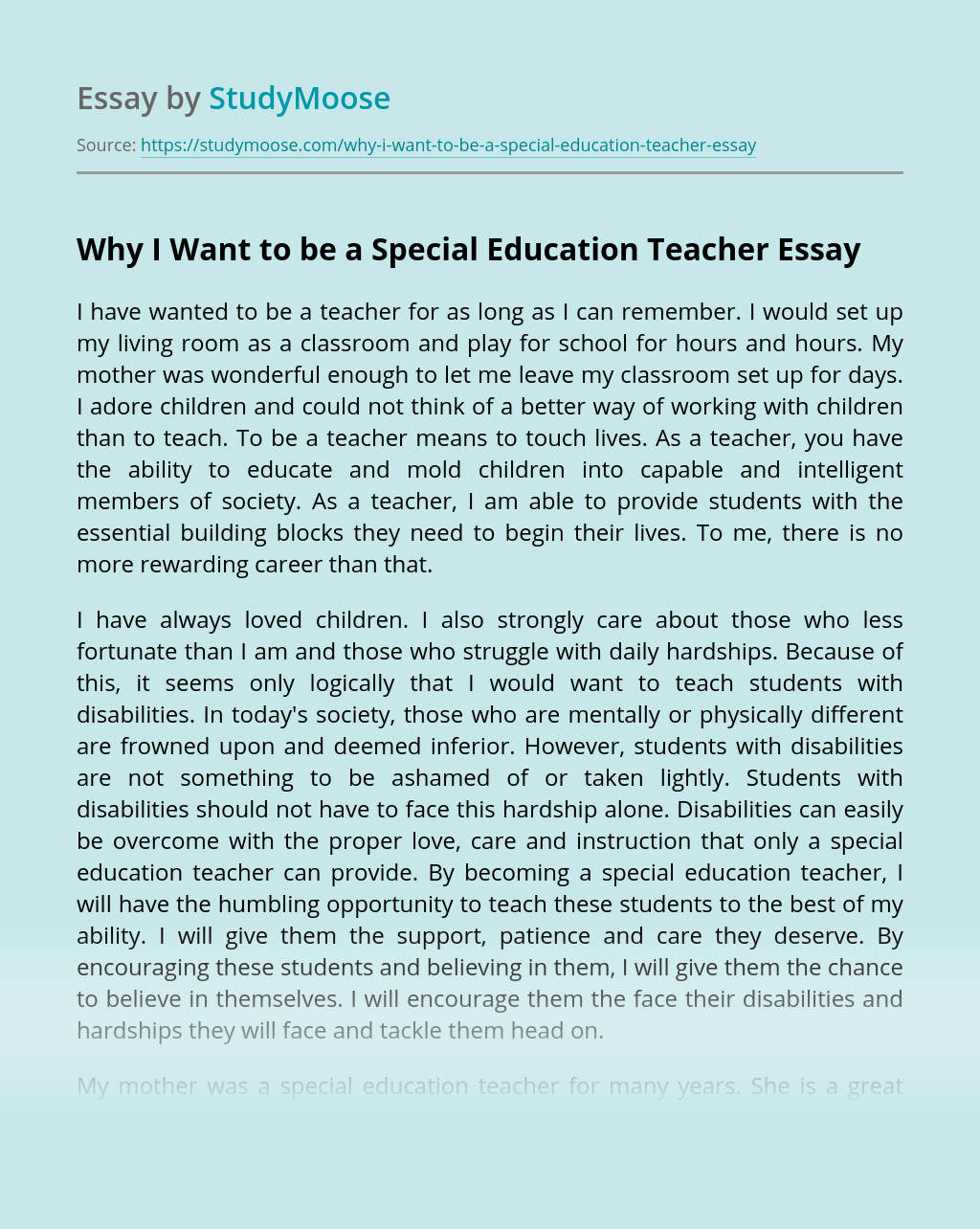
High school is a close-knit community where final exams are more important than half of each grade. The biggest high schools in the US are often located in the suburbs of cities like Birmingham, Alabama. Many have thousands of students. Many of them are great at math and reading. Many are even given iPads to take to class.
Skyline High School
Located in Seattle, Washington, Skyline High School is the largest high school in the country. The school shares space and facilities with Realms High School. This allows for them to share learning opportunities. Both schools will share spaces including a design laboratory and a flex area that is open to the public. Both schools will share bathrooms.
In terms of student population, Skyline High School is the largest high school in the US, with more than two thousand students. Skyline High School has a rigorous college prep curriculum and an elite athletic program. It was established in 1997 and has won numerous state athletic championships.
Midwood High Schools
Midwood High School in Brooklyn is located in New York. It is part of New York City Department of Education. 3,938 students are enrolled at the school. The school is well-known for its diversity. There are 37% Asian students, 30 African-American and 24% White students that are not Hispanic. The school offers a highly selective program that sends about 3% of its seniors on to Ivy League colleges. In addition, about 10% of students are eligible to receive free or reduced lunches.

The high school is split into three different institutes with different curriculum and courses. Students are placed in classes relevant to the college they are interested in. Students in the Humanities Institute, for example, must study 6 terms of foreign languages. Students who have received acceleration credit are required by law to learn at least one foreign language before they can be admitted.
Dakota High School
Dakota High School is located in Macomb in Michigan. It is the largest high-school in the state. The school is home 286 students in grades 9-12. It's the largest high school state-wide. The school has a student-teacher ratio of 20.4. The school's math and reading scores were better than the average state.
The school spans nearly 400,000 feet and serves northern Macomb County. Building the school required many challenges, including building it on an elevated site. This was made possible by the material that had been dug up from the nearby lake. It was the US's biggest high school at the time it was built.
Fort Hamilton High School
Fort Hamilton High School can be found in Brooklyn. It is administered by the New York City Department of Education. The school serves Dyker Heights and Sunset Park. It was built in 1941 and overlooks the Lower New York Bay.
Fort Hamilton High School offers a diverse student population as well as a highly-effective educational program. It has an active National Honor Society chapter and an experienced faculty that has received advanced degrees. There are extensive programs available in business, theater, music, and business.

Wayzata High school
Wayzata High School is a comprehensive public highschool in Minnesota that serves more than 3600 students. It covers 80 acres and features four buildings and an outdoor baseball diamond. It has a 20:1 student-to-teacher ratio, higher than the state's average of 14:1.
The school boasts 177.8 full time faculty members. It costs $13,279 each student. It's more expensive than any other highschool in the Wayzata District. We use data from several sources to find out the cost of Wayzata High per student. This includes the U.S. Department of Education’s National Center for Education Statistics and Census Bureau’s Bureau of American Life and Work.
FAQ
How long should you spend on college preparation?
How much time you have available to study and how long it takes to prepare for college will determine the amount of time you spend on preparation. You should begin college preparation courses if you intend to go to college right away after high school. If you are planning to leave school for a while before you can attend college, it is probably not necessary to start planning.
Talk to your teachers and parents about your plans. They may recommend specific courses. Be sure to keep track of the courses you've taken and the grades you received. This will help you know what you need to do next year.
What is the distinction between public and private schools, you ask?
All students have the right to free education in public schools. They offer education for kindergarten through high school. Private schools charge tuition fees. They offer education from preschool through college.
There are charter schools that are both privately operated and publicly funded. Charter schools don't use traditional curricula. Charter schools allow their students to explore what interests them.
Charter schools are very popular with parents who believe that all children should have equal access to education, regardless of their financial circumstances.
What is the average time it takes to become a teacher in early childhood?
A bachelor's degree is required in early childhood education. It takes approximately four years. Two years are required to take general education courses offered by most universities.
After finishing your undergraduate degree, you'll usually be accepted into graduate school. This step allows one to specialize in a certain area of study.
For example, you could choose to focus on child psychology or learning disabilities. After earning a master's, you must apply to a teacher preparation program.
This process can take many years. This is a time when you will learn real-world skills from experienced educators.
You will also need to pass state exams in order to become a teacher.
This process takes several years, which means you won't be able to immediately jump right into the workforce.
What does it mean for a teacher to teach early childhood education?
Special training is required for teachers in early childhood education. Before being permitted to teach in public schools, most states require that candidates for teaching positions have been certified by a state board.
Some states require teachers pass reading and math tests.
Some states require teachers to hold a certain number of hours of coursework related to early childhood education.
Most states set minimum requirements for what a teacher should know. These requirements can differ from one state to another.
What factors should I consider when choosing a major?
First decide whether you'd rather be a professional or a student first. Then you should make a list of your interests and talents. You might be interested in reading, listening and watching music, or talking to people. You can be a singer, dancer, painter, writer, sewer, cook, woodwork, garden, photography, carpentry or auto mechanics. You can identify your talents and interests to help you choose a major.
You might be interested in art history and fine arts if you are looking to become an artist. Biology might be a good choice if you are passionate about animals. Pre-medicine, medical technology and medicine are options for those who want to be doctors. If you'd like a career that involves computers, you might check out computer science or computer networking. There are many options. Think about what you want to do.
Who can homeschool?
Anyone can homeschool. There are no requirements for specific qualifications.
High school graduates can still teach their children. Many families decide to teach their grandchildren while they are still in high school.
Parents who have received less formal education can still teach their children.
After satisfying certain requirements, parents can become certified teachers. These requirements can vary from one state to the next.
Some states require that all homeschooled students pass a test before they graduate. Others do not.
Homeschooling parents need to register their family with local schools.
This involves filling out paperwork that is then submitted to the school board.
After registering, parents are allowed to enroll their children in public or private schools.
A few states allow parents who are not registered with the government to homeschool their children.
If you are a resident of one of these countries, you will have to ensure your children adhere to the state's compulsory attendance requirements.
How can I get scholarships?
To help pay college expenses, scholarships are grants. There are many types to choose from. These include:
-
Federal Grants
-
State Grants
-
Student Loans
-
Programs for Work Study
-
Financial Aid
Federal grants come directly to the U.S. Most federal grants require applicants fulfill certain requirements. For example, you must demonstrate financial need.
Individual states offer state grants. These grants are not always based on financial need. Some states may offer them for specific reasons.
Banks and lending institutions offer student loans. Students are often able to borrow money for expenses such as tuition or living expenses.
Employers are encouraged to employ qualified students through work-study programs. Employers are required by law to pay minimum wage.
Financial aid allows low-income families to afford college by paying for all or part of their tuition costs.
Statistics
- Think of the rhetorical power of nineteenth-century abolitionist Harriet Beecher Stowe, Martin Luther King, Jr., or Occupy Wall Street activists with their rallying cry of “we are the 99 percent.” (bostonreview.net)
- In most developed countries, a high proportion of the population (up to 50%) now enters higher education at some time in their lives. (en.wikipedia.org)
- Data from the Department of Education reveal that, among 2008 college graduates, 92.8 percent of humanities majors have voted at least once since finishing school. (bostonreview.net)
- And, within ten years of graduation, 44.1 percent of 1993 humanities graduates had written to public officials, compared to 30.1 percent of STEM majors. (bostonreview.net)
- Among STEM majors, that number is 83.5 percent. (bostonreview.net)
External Links
How To
Why homeschool?
There are several things you should consider when deciding whether your child will attend school at home or in a public school.
-
What kind of education would you like for your child? Are you looking for academic excellence or social skills development?
-
What degree of involvement would you prefer to have in your child’s education. Do you prefer to keep informed about the activities of your child? Do you prefer to stay informed about what your child is doing?
-
Are there special needs that your child has? How can you help your child?
-
Are you able to manage the schedule of your child? Can you commit to teaching your child at home every day?
-
What subjects are you going to cover? Math, science, language arts, art, music, history, geography, etc. ?
-
How much money can you afford to educate your child?
-
Is your child able to go to school?
-
Where will you house your child? This means finding enough space to accommodate a classroom, and providing sufficient facilities such as bathrooms.
-
What is the age of your child?
-
What time does your child go to sleep?
-
When will he/she awaken?
-
What time does it take to go from point A to point C?
-
How far is your child's school from home?
-
How far is your home from your child's school?
-
How will you transport your child between school and home?
-
What are the benefits of homeschooling?
-
What are the disadvantages?
-
Who will look after your child outside?
-
What are your expectations?
-
What type of discipline do you want?
-
What curriculum are you going to use?
There are many reasons why people decide to homeschool their children. Some of them include:
-
Your child has learning disabilities that prevent him/her from attending traditional schools.
-
You want to provide an alternative form of education for your child.
-
You need more flexibility when it comes to scheduling.
-
Avoid high tuition fees
-
You feel your child is getting a better education than you could in a traditional school.
-
You believe you are better at teaching your child than a teacher in traditional schools.
-
You don't love the way the school system operates.
-
The school system's rules and regulations make you feel uncomfortable.
-
You want your child with a strong work ethic.
-
You want to give your child the freedom to choose what courses you take.
-
You want your child to receive individual attention.
Homeschooling also offers many other benefits, such as:
-
It is not necessary to worry about uniforms and books, pencils, pencils, paper, or other supplies.
-
You can customize your child's education according to his/her interests.
-
Homeschooling allows parents to spend quality time with their kids.
-
Homeschooled children tend to learn quicker because they are not distracted from their peers.
-
Homeschoolers score higher on standardized exams.
-
Homeschool families tends to be happier overall.
-
Homeschool students are less likely not to drop out.